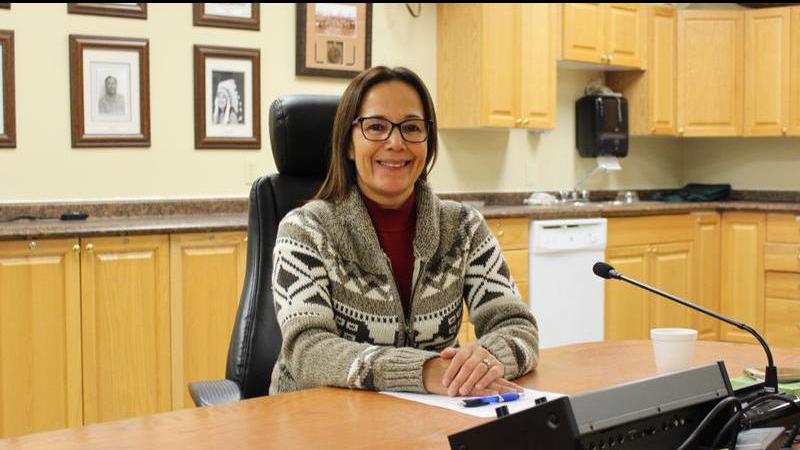
End of satellite partnership could mean no T.V. service for remote and rural residents
Many residents of northern Saskatchewan could be without television service by this time next year.
Late last year, CommScope, a U.S. telecoms company announced it will be discontinuing support of its QT+ broadcast technology platform after Dec. 31, 2022.
Jay Thomson, the CEO of the CCSA said many remote communities in Canada have relied on satellite as it’s the only way to get a television signal.
“Typically, they don’t have, for example, a fibre connection that would provide broadband to them and therefore the ability to get signals that way. So, they’re stuck with accessing them through satellite. Now the service that Shaw has been offering for many, many years, has been one that has been very attractive to a number of companies, particularly across the north, as it is cost-effective, efficient.”


